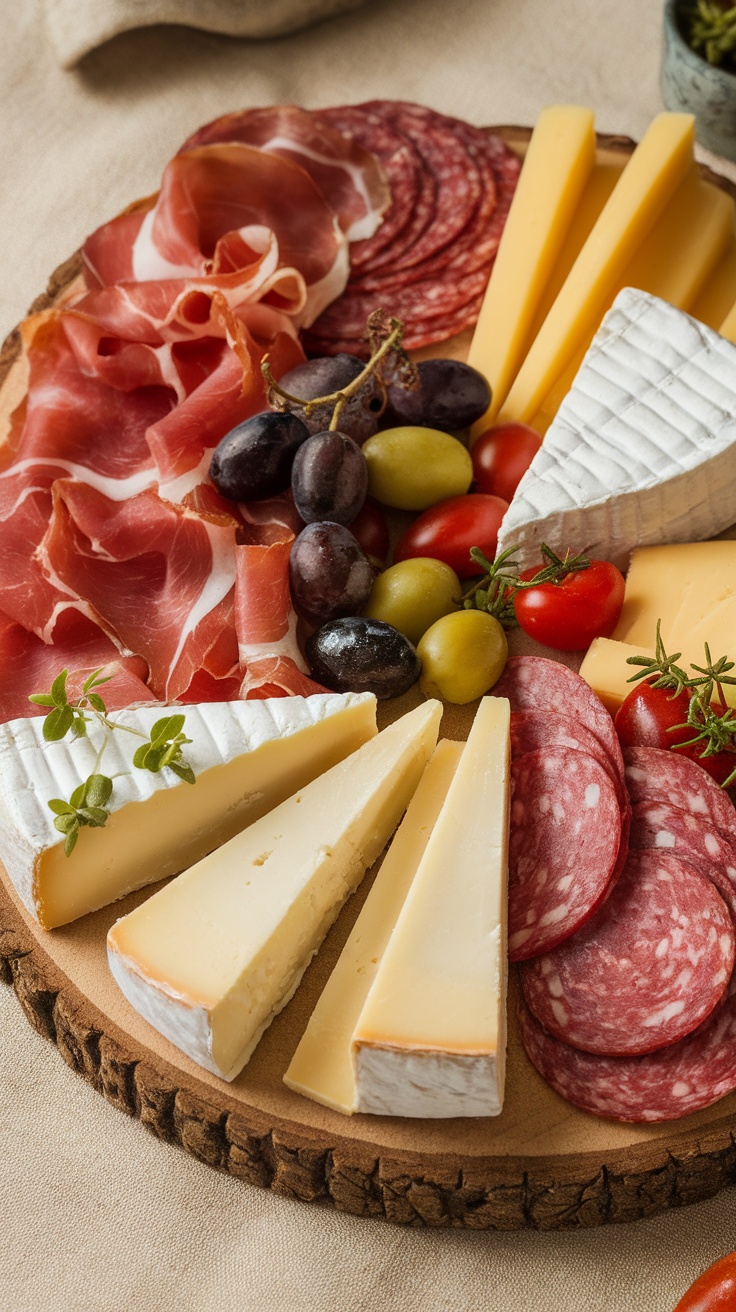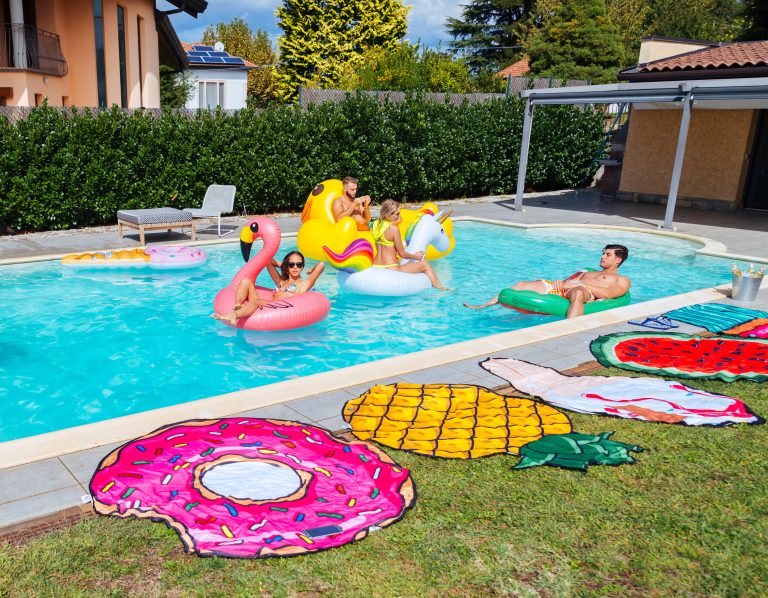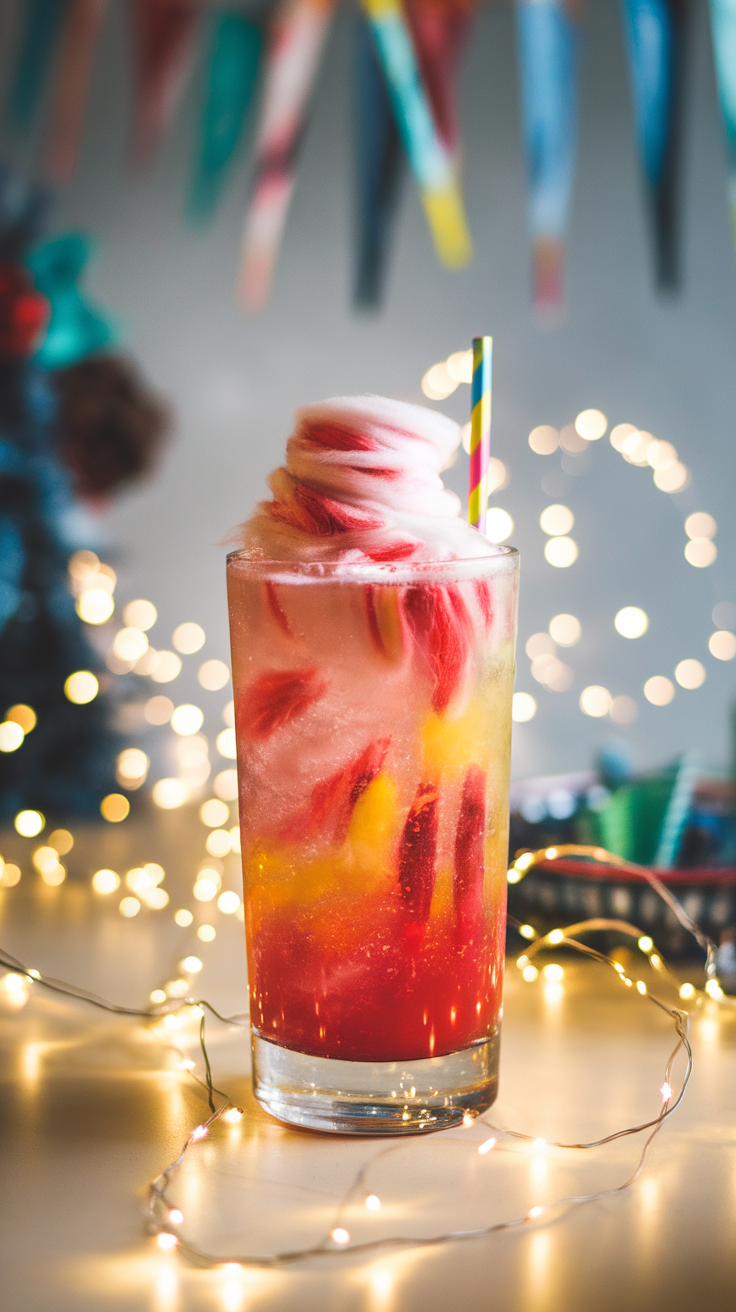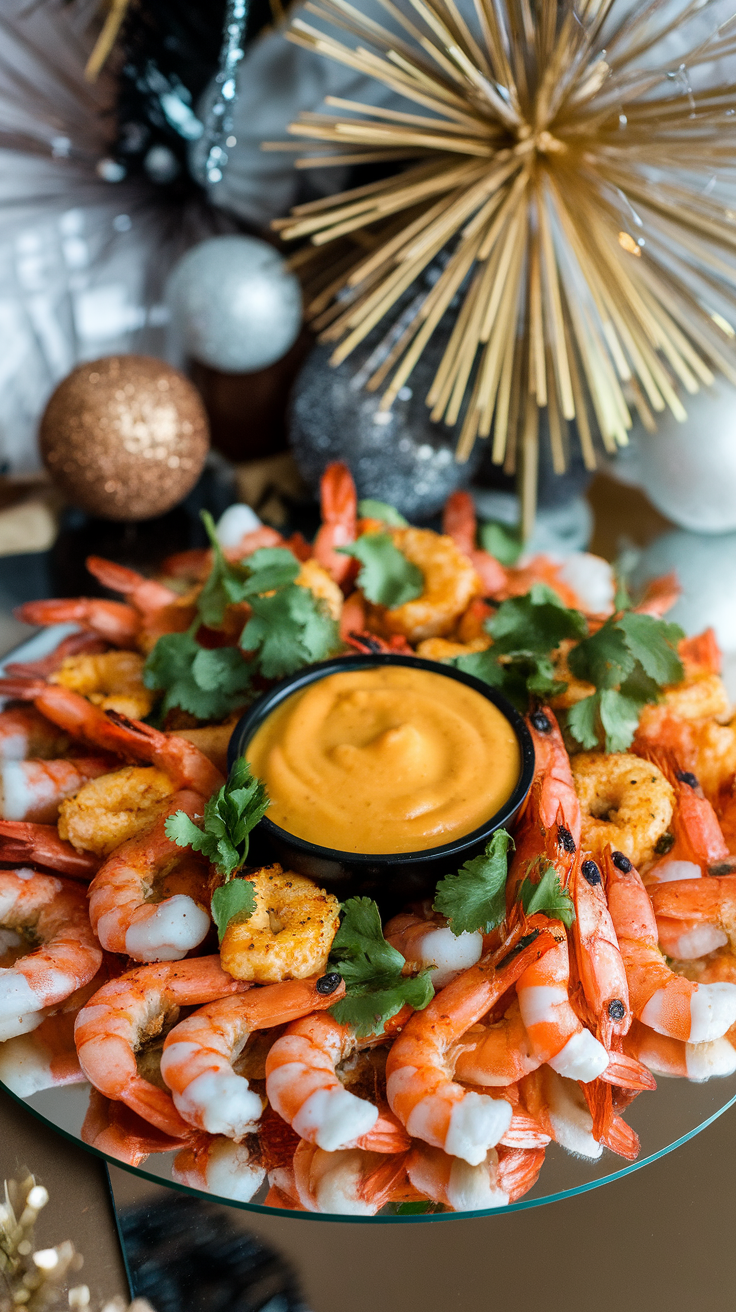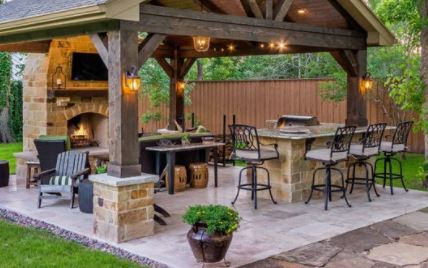Outdoor Furniture: Durable Options to Withstand Rain and Snow
Outdoor Furniture: Durable Options to Withstand Rain and Snow
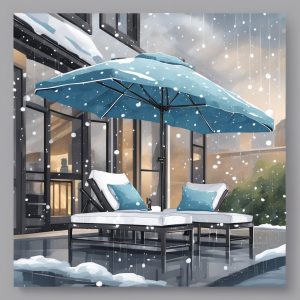
If you enjoy spending time outside on your patio or deck, you want furniture that can withstand the elements. Rain and snow can cause damage to outdoor furniture, so it is important to choose pieces that are designed to handle these challenges. Fortunately, there are many options available that can be left outside in rain and snow without suffering damage.
One of the most important factors to consider when selecting outdoor furniture that can be left outside in rain and snow is the materials used to construct the pieces. Some materials are more durable and weather-resistant than others. For example, furniture made from treated wood, plastic, or aluminum can often withstand harsh weather conditions. Other materials, such as iron, steel, fabric, and natural wicker, may require more care and storage during inclement weather.
When choosing outdoor furniture that can be left outside in rain and snow, it is also important to consider design and style. Look for pieces that are designed to shed water and resist rust and corrosion. Additionally, consider the overall style of the furniture and how it will fit in with your existing decor. By taking the time to choose the right materials and design features, you can enjoy your outdoor furniture for years to come.
Key Takeaways
- Choose outdoor furniture made from weather-resistant materials such as treated wood, plastic, or aluminum.
- Look for furniture designed to shed water and resist rust and corrosion.
- Consider both durability and style when selecting outdoor furniture that can be left outside in rain and snow.
Materials and Durability
When it comes to outdoor furniture that can withstand rain and snow, the materials used are crucial. You want to choose materials that are durable, weather-resistant, and won’t easily corrode, rust, or rot. Here are some of the most popular material options for outdoor furniture that can be left outside in the rain and snow.
Metal Furniture Options
Metal furniture is a popular choice for outdoor furniture because of its durability. Aluminum is a lightweight and rust-resistant metal that is ideal for outdoor use, making it a great choice for outdoor furniture that can be left outside year-round. Wrought iron is another metal that is commonly used for outdoor furniture. However, it is important to note that wrought iron should not be left outside during the winter months as it can rust easily.
Wood and Natural Materials
Wood and natural materials such as teak wood and cedar are also popular choices for outdoor furniture. Teak wood is known for its durability and resistance to water, making it a great choice for outdoor furniture that can be left outside in the rain and snow. Cedar is another popular choice for outdoor furniture because of its natural resistance to rot and decay. However, it is important to note that wood furniture requires regular maintenance to ensure its longevity.
Synthetic and Composite Materials
Synthetic and composite materials such as resin, plastic, natural rattan, and synthetic rattan are also options for outdoor furniture that can be left outside in the rain and snow. Resin and plastic furniture are durable and easy to clean, making them a great choice for outdoor use. Natural rattan is a popular choice for outdoor furniture because of its natural beauty, but it requires regular maintenance to prevent mold and mildew. Synthetic rattan is a more durable option that is resistant to mold and mildew. Recycled plastic is another option that is both weather-resistant and environmentally friendly.
In conclusion, when choosing outdoor furniture that can be left outside in the rain and snow, it is important to consider the materials used. Look for materials that are durable, weather-resistant, and won’t easily corrode, rust, or rot. Whether you choose metal, wood, or synthetic materials, proper maintenance is key to ensuring the longevity of your outdoor furniture.
Design and Style Considerations
When it comes to outdoor furniture that can be left outside in rain and snow, there are a few design and style considerations to keep in mind. These considerations include furniture covers and aesthetics, as well as incorporating storage solutions.
Furniture Covers and Aesthetics
Furniture covers are an essential accessory for outdoor furniture that can be left outside in rain and snow. They help protect your furniture from the elements, keeping it looking vibrant and long-lasting. When choosing furniture covers, it’s important to consider both the style and functionality of the covers. You want covers that are both aesthetically pleasing and durable enough to protect your furniture.
In addition to furniture covers, outdoor cushions are another important consideration when it comes to aesthetics. Outdoor cushions can add a pop of color and comfort to your outdoor living space. When selecting outdoor cushions, look for cushions that are specifically designed for outdoor use. These cushions are typically made from materials that are resistant to moisture, mildew, and fading.
Incorporating Storage Solutions
Incorporating storage solutions into your outdoor living space is another important consideration when it comes to outdoor furniture that can be left outside in rain and snow. Storage solutions can help protect your furniture when it’s not in use, keeping it looking vibrant and long-lasting.
Consider incorporating storage solutions such as outdoor storage benches or storage sheds. These storage solutions not only protect your furniture from the elements, but they also provide additional seating and storage space for your backyard or porch.
In conclusion, when selecting outdoor furniture that can be left outside in rain and snow, it’s important to consider both the functionality and aesthetics of the furniture. Furniture covers and outdoor cushions can help protect your furniture from the elements and keep it looking vibrant and long-lasting. Additionally, incorporating storage solutions into your outdoor living space can help protect your furniture when it’s not in use.
Maintenance and Upkeep
Outdoor furniture is an investment that requires proper maintenance and upkeep to ensure its longevity. Regular maintenance can prevent wear and tear and protect your furniture from damage caused by harsh weather conditions. In this section, we will discuss some tips and tricks to keep your outdoor furniture in top shape.
Preventing and Treating Wear
Outdoor furniture is exposed to various elements, including rain, snow, and sunlight, which can cause wear and tear. Regular cleaning and proper care can prevent wear and tear and prolong the life of your furniture. You can use a soft brush or cloth to remove dust and dirt from the surface of your furniture. For stubborn stains, you can use a mild soap solution and rinse with water.
If your furniture has scratches or dents, you can use a sealant or protective coat to restore its appearance. Be sure to follow the manufacturer’s instructions when applying the sealant or protective coat.
Seasonal Storage and Care
Proper storage is essential to protect your outdoor furniture from harsh weather conditions. You should store your furniture in a dry and covered area during the winter months. You can also use covers to protect your furniture from rain and snow. Be sure to choose covers that are made of breathable material to prevent mold and mildew growth.
Before storing your furniture, you should clean it thoroughly and apply a protective coat or sealant to prevent damage from moisture. Be sure to check the weight of your furniture before storing it to avoid damage caused by heavy weight.
In conclusion, proper maintenance and upkeep are essential to ensure the longevity of your outdoor furniture. Regular cleaning, proper storage, and the use of covers and sealants can prevent wear and tear and protect your furniture from harsh weather conditions. By following these tips, you can enjoy your outdoor furniture for years to come.
Adapting to Weather Challenges
When it comes to outdoor furniture that can be left out in rain and snow, it’s important to choose materials that can withstand the elements. However, even the most weather-resistant materials may need some extra care and attention to adapt to challenging weather conditions. Here are some tips for adapting your outdoor furniture to winter weather challenges.
Handling Snow and Ice
Snow and ice can cause damage to outdoor furniture if left untreated. When snow or ice accumulates on your furniture, it can cause cracks or degradation over time. To prevent this, it’s important to remove snow and ice from your furniture as soon as possible. You can use a broom or soft-bristled brush to gently remove snow, and a plastic scraper to remove ice. Be careful not to use metal tools that could scratch or damage the furniture.
Resisting Wind and Rain
Strong winds and heavy rain can also pose a challenge for outdoor furniture. To prevent damage from wind, make sure your furniture is securely anchored or weighed down. You can also choose furniture with heavier frames or wider bases to provide more stability. For rain, it’s important to choose furniture that is moisture-resistant or weatherproof. Materials like metal, plastic, and wicker are often good choices for outdoor furniture that can be left outside in rain and snow. You can also use furniture covers or store your furniture in a storage unit during the winter months to protect it from moisture.
Overall, adapting your outdoor furniture to winter weather challenges is all about choosing the right materials and taking care of your furniture. By following these tips, you can ensure that your outdoor furniture stays in great condition throughout the winter months.
Frequently Asked Questions
What types of outdoor furniture materials are most resistant to rain and snow?
Outdoor furniture materials that are most resistant to rain and snow include aluminum, teak, resin wicker, and HDPE plastic. These materials are durable, waterproof, and can withstand harsh weather conditions. Aluminum is lightweight and rust-resistant, while teak is a hardwood that naturally repels water and resists rotting. Resin wicker is a synthetic material that is resistant to water and UV rays, making it ideal for outdoor use. HDPE plastic is also waterproof and durable, and it is often used for outdoor furniture because it can withstand extreme temperatures and direct sunlight.
How does resin wicker hold up against winter weather conditions?
Resin wicker is a synthetic material that is designed to withstand harsh weather conditions, including winter weather. It is resistant to water and UV rays, which means it won’t fade, crack, or peel when exposed to snow and rain. However, it is important to note that resin wicker furniture should be covered or stored during the winter months to prevent damage from heavy snow and ice.
Are there specific wood types for outdoor furniture that withstand precipitation without damage?
Yes, there are specific wood types that are suitable for outdoor furniture and can withstand precipitation without damage. Teak, cedar, and eucalyptus are some of the most popular types of wood used for outdoor furniture. They are naturally resistant to water and rotting, making them ideal for use in outdoor settings. However, it is important to treat the wood with a protective sealant to ensure longevity and prevent damage from prolonged exposure to rain and snow.
What are the best practices for maintaining aluminum patio furniture exposed to the elements?
To maintain aluminum patio furniture exposed to the elements, it is important to clean it regularly with a mild soap and water solution. Avoid using abrasive cleaners or materials that could scratch the surface. Apply a coat of wax or protective sealant to the furniture to prevent rusting and fading. During the winter months, cover or store the furniture to prevent damage from snow and ice.
How should outdoor furniture be prepared or stored during winter to prevent damage?
To prepare outdoor furniture for winter, clean it thoroughly and apply a protective sealant to prevent damage from snow and ice. Cover the furniture with a waterproof cover or store it in a dry, protected area, such as a garage or shed. Remove cushions and pillows and store them indoors to prevent moisture buildup and mold growth.
What are some durable garden furniture options that can remain outside year-round?
Some durable garden furniture options that can remain outside year-round include aluminum, teak, resin wicker, and HDPE plastic furniture. These materials are waterproof, durable, and resistant to harsh weather conditions. Other options include wrought iron and stainless steel furniture, which are also durable and rust-resistant. It is important to choose furniture that is specifically designed for outdoor use and to follow proper maintenance and storage practices to ensure longevity.

